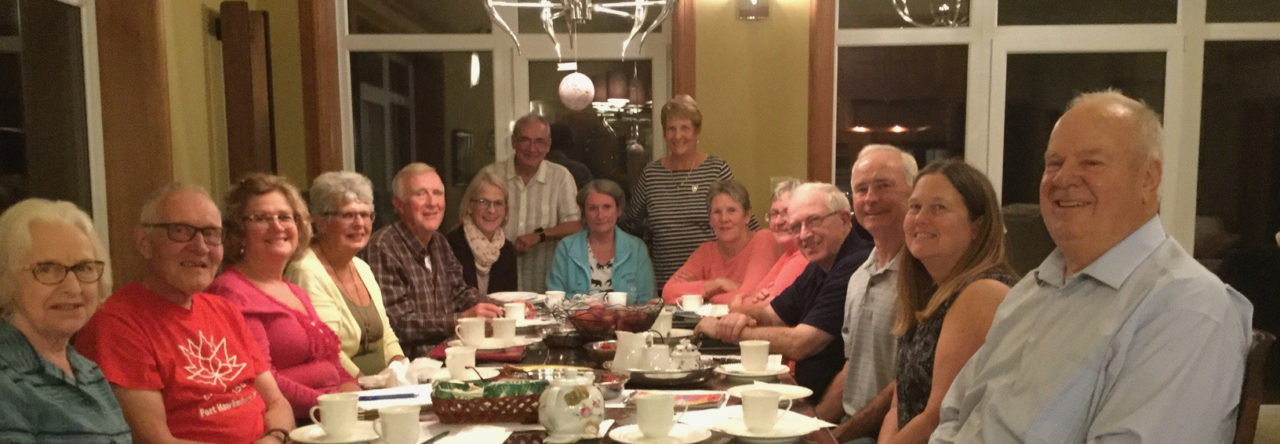By Sister Agnes Bwalya
In our northern Zambian tradition, when workers go to work in the fields in early hours of the day, parents or elders in the family prepare food to eat during and after cultivating. The food prepared is nicely wrapped and put under a tree, sometimes covered with leaves. Everyone starts cultivating and after working for long hours, everyone sits under the tree where food was left, washes their hands and shares the food. Now it will be time for fun and laughter, everyone will make an effort of cracking a joke, good days are remembered, good dances are danced including songs with a message about hard work. When work is done, now it is the turn for young ones to collect plates and other utensils used. On the way home, young ones carry all tools used for cultivating including their sandals. When they reach home water is prepared for bathing and food is prepared for the workers, (men and women). It is a humble way of saying, THANK YOU to those who worked in the field.
In a similar situation the Kawambwa site would like to thank Inverness County Cares staff, sponsors and donors and everyone who has contributed directly or indirectly to make the dreams of Kawambwa school sites come true. You are giving sight to the blind, smoothening the skin of the Albino child and putting a smile on the faces of vulnerable children. You bring hope and happiness to these disabled and vulnerable children.
We are ready to carry your sandals and prepare your water for bathing, a humble symbolic way of saying THANK YOU Inverness County Cares for everything. In return Kawambwa sites will pay back through prayers. Kawambwa site wishes Inverness County Cares and community, a Happy Christmas and a prosperous New Year in style.
Zambian Christmas:
Christmas in Zambia is celebrated in style. It is a great event with preparations both by children and elders. Children of the same age form small groups and share an assortment of food and drink. All ages participate in delicious food and good times. A traditional drink called Chibwanto is brewed using maize and munkoyo root. Chicken is most popular but goat/sheep/game meat/cow/rabbits are enjoyed as well.
Every evening, children prepare games to be performed on Christmas day. The beating of drums is done in a colourful way while traditional songs are sung and danced. Children go in the bush to collect our Christmas flower, which has green leaves and a red blossom. it is very important and shows love and appreciation.
The Christmas church service is a big part of the celebrations and in schools and churches the nativity story is acted out by children. On the evening of Christmas Eve 24th of December, whoever you meet, their greeting will be “Christmas”. The first person to say “Christmas” will be given fruits, food or a token gift. The same applies on New Year, where the traditional activity is to leave a branch or to throw it on the roof and shout “New Year”. The secret is that one should be the first, to say “New Year”. Christmas is celebrated in extended families and the community. It is a great celebration for parents and elders with Christmas carols being an important part of the festivities.
Decorations are made in a traditional way. Most houses are made out of mud and are festively decorated with different colours of soil. People make sure that money is saved to purchase new colourful clothes for this special occasion.
Christmas trees are not part of Zambian traditions, instead a crown like made out of grass is made, to hold a tin with a Christmas flower. The grass and weeds in the courtyards near the homes is well slashed and tidy. However, these days in towns, some Christmas trees are decorated in shop windows. A Zambian Christmas centers around celebrating the birth of Christ and spending time with friends and family enjoying food, music and dance.
The Kawambwa schools send best wishes for a Happy New Year and many happy days in the future.
Inverness County Cares (ICC) is a local charitable organization, founded in 2012 and based in Inverness County, NS, Canada, with a mandate to assist children who are in desperate need. Their current project involves supporting two schools for albino and visually impaired students in Northern Zambia. Inverness County Cares always welcomes new members. Individuals who wish to donate, can use the donate button on our website http://invernesscountycares.com
When using E-transfer, please include your mailing address for CRA tax receipts and a thank you message. E-transfer address: [email protected]
or send a cheque to Inverness County Cares, 5414 Route 19, Judique, NS, Canada, B0E1P0. Taxation receipts provided for USA and Canada.














